$65.85 Original price was: $65.85.$46.10Current price is: $46.10.
SKU: D2LSC 131343546 Category: FRAGRANT PLANTS
- Quality that lasts, prices that don't.
- Experience the difference quality makes.
- Satisfaction Guaranteed
- 100% High Quality Guarantee

‘Little Richard’ Dwarf Abelia
Abelia grandiflora ‘Little Richard’
Plant Details
USDA Plant Hardiness Zones: 6a-9b Find Your Zone
Plant Type: Flowering Evergreen Shrub (May be semi-deciduous to deciduous in zone 6 and 7)
Height at Maturity: 2-3′
Width at Maturity: 3′
Spacing: 2.5-3′ for solid hedge; 3′ to touch but maintain plants form; 6 feet for space between plants
Growth Habit / Form: Dense Rounded Mound
Growth Rate: Moderate to Fast
Flower Color: White, Reddish sepals follow the flowers
Flower Size: Small, 0.5 to 1″
Flowering Period: Late Spring through Summer and into Fall!
Flower Type: Single tubular flowers in 3-inch clusters
Fragrant Flowers: yes
Foliage Color: Medium Green, Orange and Pink tinting during fall and winter
Fragrant Foliage: No
Berries: No
Berry Color: na
Sun Needs: Full Sun or Mostly Sun, Morning Sun with Dappled or Afternoon Shade, Morning Shade with Evening Sun
Water Needs: Average, low when established
Soil Type: Clay, Loam, Sand, Silt
Soil Moisture / Drainage: Moist But Well Drained; tolerates dry periods when established
Soil pH: 5.0 – 7.5
Maintenance / Care: Low
Attracts: Butterflies, Hummingbirds, Visual Attention
Resistances: Deer – more info, Disease, Drought (when established), Dry Soil, Heat, Insect
Description
Abelia is alphabetically the first on many lists of shrubs, however, in our opinion, it’s also at or very near the very top of our list for use in landscape design. Abelias have everything expert designers look for in a shrub: color and texture, adaptability, drought tolerance, hardiness and longevity, and no serious pest or disease problems, which makes it one of our favorite flowering shrubs of all time for use in landscape borders and home foundation plantings. ‘Little Richard’ forms a compact rounded mound to maybe 3 feet tall and wide that becomes covered with abundant clusters of tubular, fragrant white flowers which are irresistible to butterflies and hummingbirds. The summer flowers are followed by attractive red sepals that keep the color going well into fall. Lustrous green foliage becomes orange and pink tinted with the arrival of cooler temperatures in fall. A fine flowering shrub that will not disappoint!
Landscape & Garden Uses
The Little Richard Abelia has many uses in the landscape. Its smaller size of about 3 feet tall and wide makes it ideal for use as an accent or specimen in smaller spaces and containers, or in groupings or as a low colorful hedge in landscape borders and home foundation plantings. It’s the perfect choice for underplanting small to mid-size trees such as crape myrtle or taller growing upright Japanese maples or Chaste Tree (Vitex). A fine addition to butterfly and hummingbingbord gardens, white theme gardens and the Xeriscape (low water needs).
How To Measure Total Square Feet Of A Planting Area
How Many Plants Needed To Cover A Planting Area?
Growing Preferences
Little Richard Abelia is exceptionally easy to grow in most any moist but well-drained soil of average fertility and full sun to part shade. It is exceptionally tolerant of dry soil conditions when established however constantly wet soils can be problematic. So choose a well-drained site. The best flowering and foliage color occur in full to mostly sun, however plants will bloom well with only 4 to 5 hours of direct sunlight or lightly filtered all-day sun. Maintenance is minimal. We prune our Abelia for shaping purposes one time a year in late winter or early spring. That said, plants respond very well to shearing for hedges or formal shapes. It is evergreen in the southern zones where it grows and might be semi-deciduous to deciduous some winters in zones 6 and 7.
Helpful Articles
Click on the link below to find helpful advice from our experts that’ll have you planting and growing Abelia like the pros.
How To Plant & Care For Abelia Shrubs
Plant Long & Prosper!
Meet The Wilson Brothers & Staff
Questions? Contact Us
Be the first to review “Little Richard Dwarf Abelia – 3 Gallon Pot” Cancel reply
Related products
Sale!
FRAGRANT PLANTS
Sale!
FRAGRANT PLANTS
Sale!
FRAGRANT PLANTS
Sale!
FRAGRANT PLANTS
Sale!
FRAGRANT PLANTS
Sale!
FRAGRANT PLANTS
Pink Frost Florida Anise – Illicium Floridanum – 1 Gallon Pot
Sale!
FRAGRANT PLANTS
Sale!


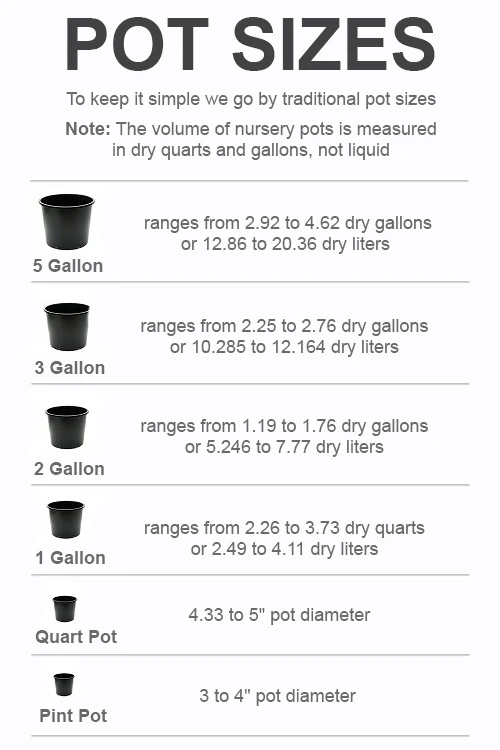
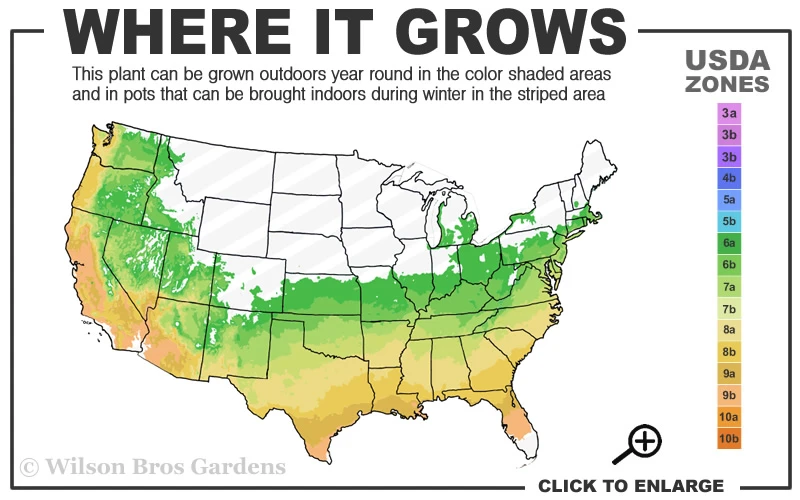


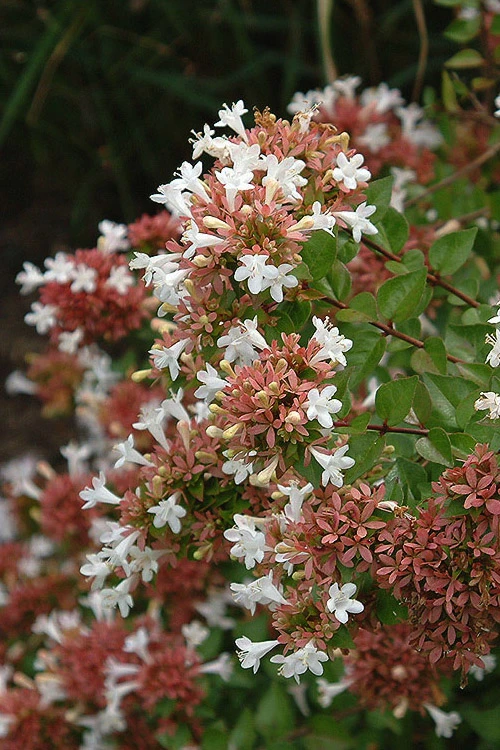
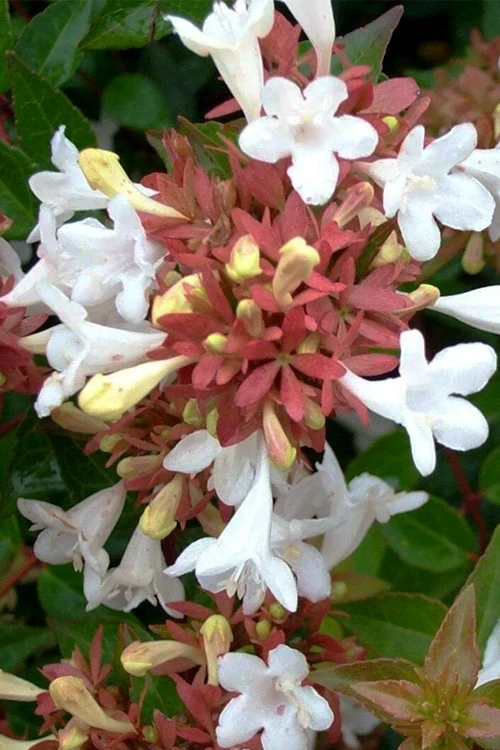



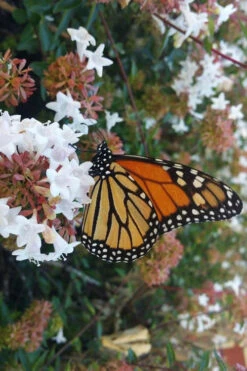



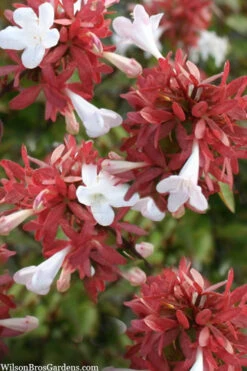
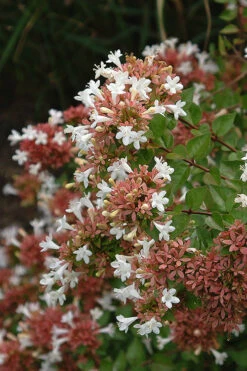
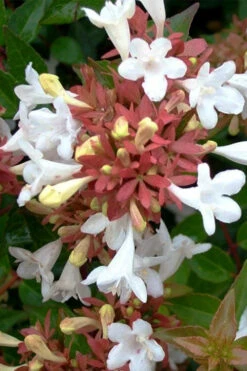


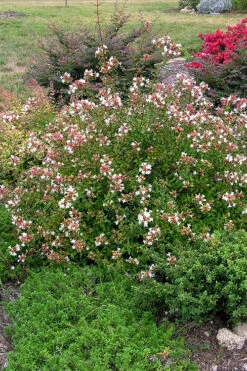

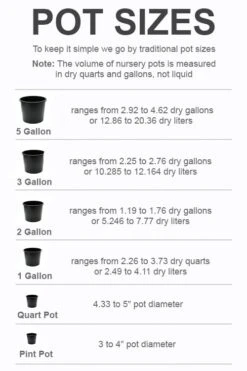
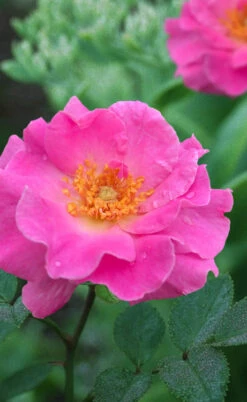


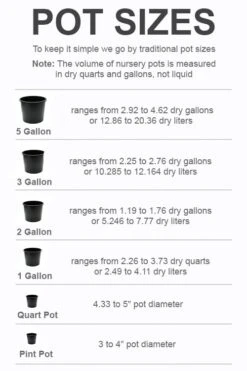





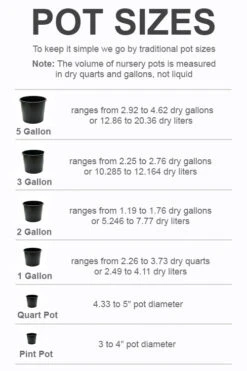
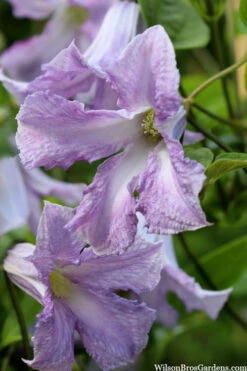
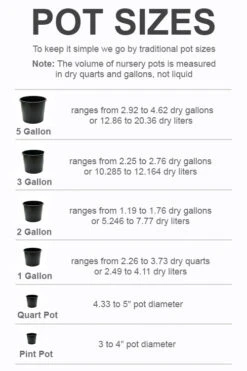


Reviews
There are no reviews yet.